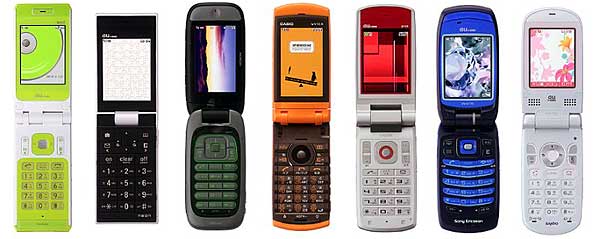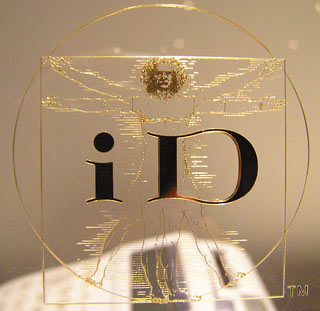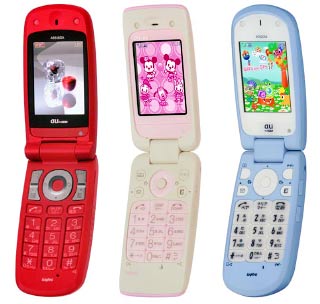Info Plant Mobile Users Survey
Online market researcher Info Plant has released the results of a survey on cell-phone functions and services. The company conducted a survey of 7,905 NTT DoCoMo i-mode users nationwide, 12-23 December 2005. When asked which functions and services they usually use that are available on their handsets, 85.4 percent of respondents answered “alarm,” followed by 83.3 percent for “camera (for still images)” and 81.6 percent for “ring tone.” When asked which functions and services they wish to have, the top favorite was “TV,” followed by “GPS navigation” and “pass/ticket for train and bus;” “key,” “ID card,” and “anti-crime buzzer,” were among the top 10 answers.



 NTT DoCoMo held a press conference in downtown Tokyo this afternoon
NTT DoCoMo held a press conference in downtown Tokyo this afternoon  Building on the original teen-targeted Sweet handsets first introduced in January 2005, the companies have just announced three new models for release starting 1 February. One of the key features included in the first series was a GPS-aided application that included user location data in email sent from the phone (so that parents would know whether young Yukiko-chan was actually at juku (cram class) — or not). The second gen of these handsets goes a few steps further to include that function as well as the new
Building on the original teen-targeted Sweet handsets first introduced in January 2005, the companies have just announced three new models for release starting 1 February. One of the key features included in the first series was a GPS-aided application that included user location data in email sent from the phone (so that parents would know whether young Yukiko-chan was actually at juku (cram class) — or not). The second gen of these handsets goes a few steps further to include that function as well as the new  In the 1997 movie
In the 1997 movie  We published 596 articles on Wireless Watch Japan in 2005 and thought you might enjoy looking back at the most popular Japan mobile industry highlights from the year. The links below, three from each month, represent the two top stories (by volume of visitor requests) and a third which we consider a significant development in that 30-day period.
We published 596 articles on Wireless Watch Japan in 2005 and thought you might enjoy looking back at the most popular Japan mobile industry highlights from the year. The links below, three from each month, represent the two top stories (by volume of visitor requests) and a third which we consider a significant development in that 30-day period.